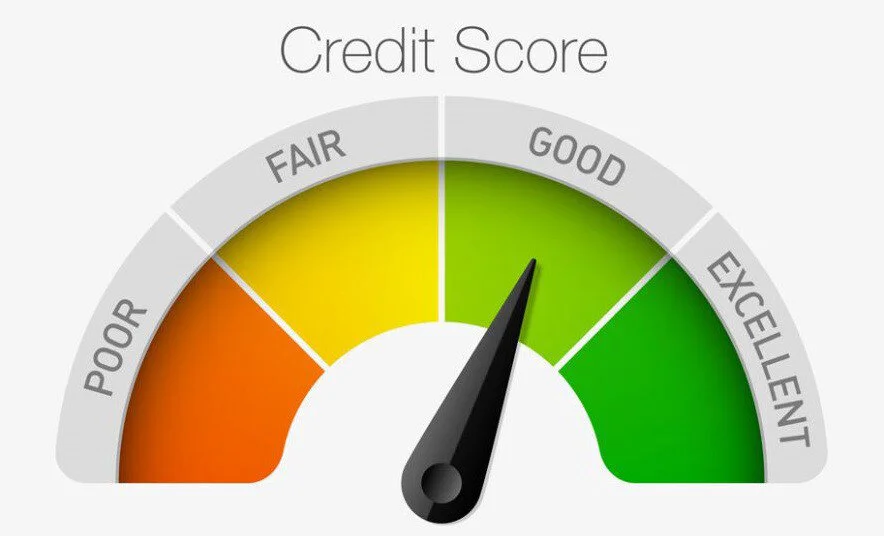By: AnnaMarie Mock, CFP®
What is a FICO Score?
A FICO Score is a credit score created by Fair Isaac Corporation used by lenders to assess a borrower’s credit risk and is used in 90% of all lending decisions.
FICO updates their models every five years to better predict risk and consumer behavior. FICO is releasing two versions of their scoring models this year, FICO 10 and 10T. FICO 10T stands for trended data and is designed to be a snapshot and predictive of the consumer’s credit journey.
According to FICO, about 40 million people will see an increase in their score by 20 points, while another 40 million may see it drop by 20 points. At the extremes, 110 million may be affected up or down in excess of 20 points!
The New Score FICO 10T
The new score, 10T, will weigh late payments and personal unsecured loans more harshly than before. With the release of FICO 10T, it will emphasize a borrower’s debt trends, so a debt level that is trending upward will be detrimental to the borrower. In addition, late payments and revolving debt balances can trigger a more drastic drop.
The new FICO scoring system will be implemented by the three major credit bureaus by the end of 2020. However, a consumer’s score is dependent on the debt type and lender because they may be using older FICO models. For example, most lenders still utilize FICO 2, 4, and 5 for mortgages and FICO 8 for non-mortgage debt.
Whether you are affected by FICO 10T or not, there are still best practices for maintaining debt that can be applied towards anyone’s habits:
Best Practices Maintaining Debt
1) Check credit report for errors: If there are any inaccuracies being reported from any of the three credit bureaus, you can dispute the information, which may help to improve your score.
2) Pay bills on time: The new FICO 10T will look back at the last 24 months of payment history. Any delinquent or late payments will negatively impact your score. Enrolling in automatic, direct deposit payments may minimize the risk of late payments.
3) Keep balances low: There is a greater emphasis on debt utilization. For example, if you have credit card debt of $10,000 and total available credit of $20,000, then your debt utilization is 50%. A lower percentage will fare better on the credit reporting scoring.
4) Do not cancel credit cards: Credit cards without a revolving balance will contribute to your credit score through credit utilization and credit age. There are circumstances where it is beneficial to close a credit card like when incurring a high annual fee.
5) Do not consolidate debt and then increase debt usage: Consolidating high-interest rate loans simplifies your financial situation and can reduce total interest accruing. When using this strategy, it only benefits you if you do not amass more debt on the newly cleared debt.
If you have any questions regarding the new FICO score, please do not hesitate to reach out to the HIGHLAND team.
Author’s Bio
AnnaMarie Mock is a CERTIFIED FINANCIAL PLANNER™ and Partner at HIGHLAND Financial Advisors, LLC, a Fee-Only financial planning firm that offers comprehensive financial planning, retirement planning, employer retirement planning, and investment management. AnnaMarie graduated from Montclair State University with a degree in finance and management and successfully passed the CFP® national exam in 2016. She has been working at Highland Financial Advisors since 2013 as a fee-only, fiduciary Wealth Advisor and is a member of NAPFA.


